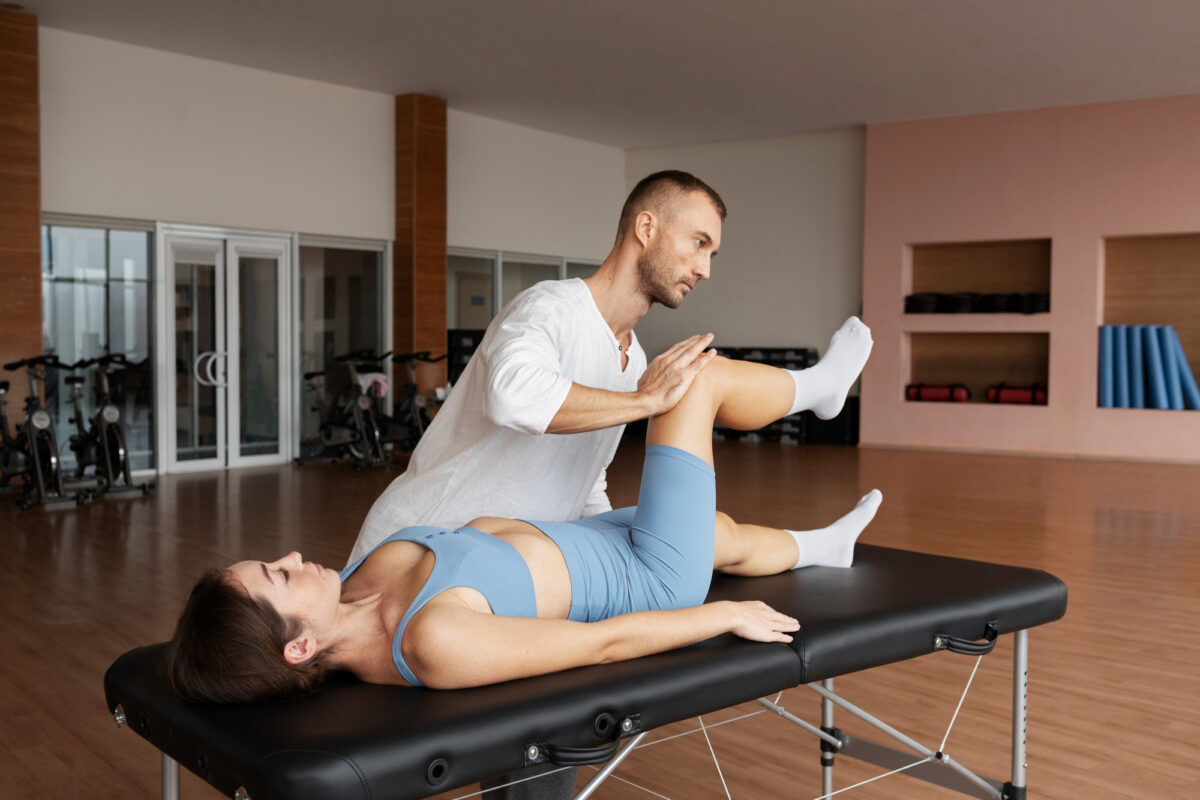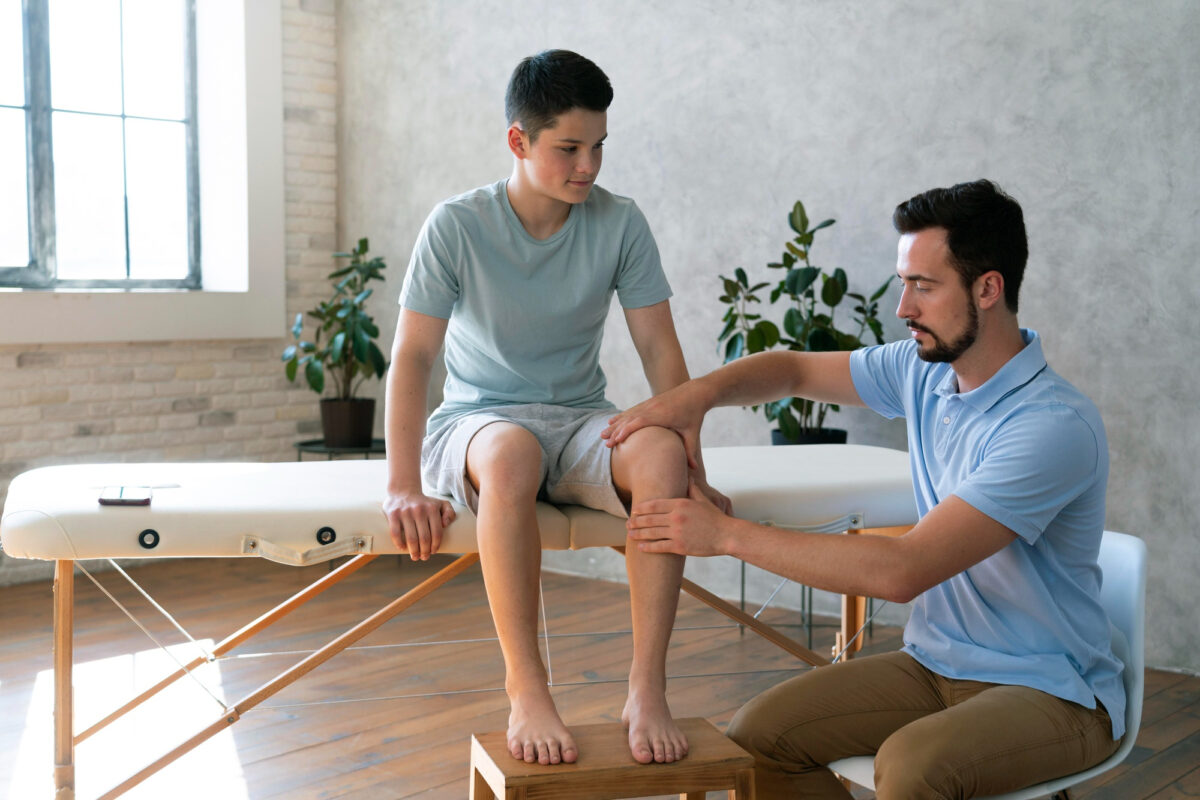Hamstring muscles play a crucial role in our everyday movements, such as walking, running, and bending. However, tight or strained hamstrings can lead to discomfort, reduced flexibility, and an increased risk of injury. If you’re experiencing tightness in your hamstrings or want to prevent potential issues, incorporating hamstring stretch exercises into your routine can be highly beneficial. In this blog post, PhysioExperts in Ottawa will guide you through effective hamstring stretch exercises that can help improve flexibility and prevent injuries.
- Standing Hamstring Stretch: Start by standing upright with your feet hip-width apart. Extend one leg straight in front of you, placing your heel on a step, curb, or elevated surface. Keep your back straight and hinge forward at the hips, reaching towards your toes. Hold the stretch for 20-30 seconds, feeling the stretch in the back of your thigh. Repeat on the other leg and perform 2-3 sets.
- Seated Hamstring Stretch: Sit on the edge of a chair or bench with your legs extended in front of you. Flex your toes upward and lean forward from your hips, reaching toward your toes. Remember to keep your back straight and avoid rounding your shoulders. Hold the stretch for 20-30 seconds, then relax. Repeat the stretch for 2-3 sets.
- Supine Hamstring Stretch: Lie flat on your back with both legs extended. Bend one knee and bring it toward your chest. Loop a towel or resistance band around the sole of your foot, holding both ends with your hands. Straighten your leg, gently pulling the towel or band to deepen the stretch. Hold for 20-30 seconds and repeat on the other leg. Aim for 2-3 sets on each side.
- Wall Hamstring Stretch: Stand facing a wall and place your hands on the wall at shoulder height. Step back with one foot, keeping it flat on the ground. With your back straight, lean forward, pushing your hips toward the wall until you feel a stretch in your hamstrings. Hold for 20-30 seconds and switch legs. Perform 2-3 sets on each side.
- Dynamic Hamstring Stretch: This exercise helps warm up your hamstrings and increase their flexibility. Start by standing with your feet hip-width apart. Take a step forward with your right foot and shift your weight onto it. Keeping your right leg straight, hinge forward at the hips, reaching towards your right foot. Return to the starting position and repeat on the left side. Perform 10-12 repetitions on each leg.
Incorporating hamstring stretch exercises into your daily routine can enhance flexibility, reduce the risk of injury, and alleviate discomfort associated with tight hamstrings. However, it’s essential to perform these exercises correctly and gradually increase the intensity over time. If you experience pain or have any existing injuries, it’s advisable to consult a physiotherapist for a personalized assessment and guidance. By following the instructions provided by PhysioExperts in Ottawa, you can proactively care for your hamstring muscles and enjoy improved mobility and function.





